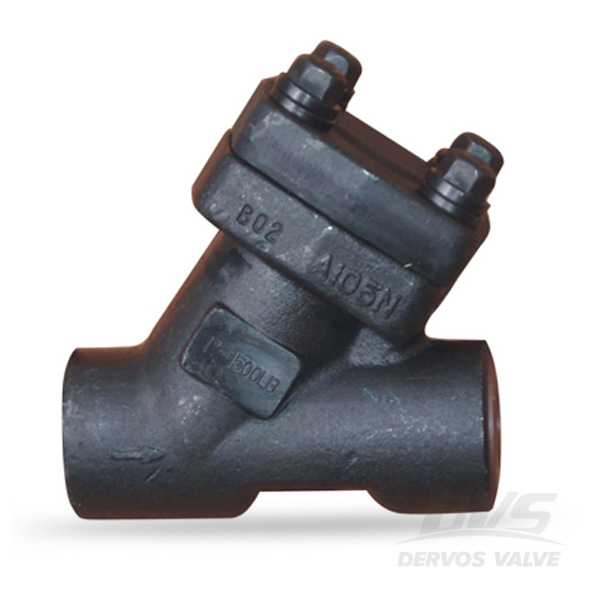Payment:
30% T/T When Order, 70% T/T Before ShipmentProduct Origin:
ChinaColor:
CustomizationShipping Port:
Shanghai ChinaLead Time:
30~55 days Ex Works After Order ConfirmationMaterial:
Forged Steel Strainer A105NThe 1 inch 1500LB y strainer is made of forged steel body and stainless steel 304 as the screen material. The high pressure y strainer with sw end is designed as per ASME B16.34.
Design Feature
1.Forged Steel Body
2.Stainless Steel Screen
3.Customized Mesh for Screen
4.Installed Horizontally or Vertically
5.Ability to handle higher pressure
Quick Detail
|
Type |
Strainer |
|
Size |
1'' |
|
DesignPressure |
1500LB |
|
Construction |
Y Type Strainer, Bolted Bonnet |
|
ConnectionType |
SW ( Socket Weld) |
|
Design Code |
ASME B16.34 |
|
Face to Face |
ASME B16.10 |
|
End Connection |
ASME B16.11 |
|
Pressure & Temp |
ASME B16.34 |
|
Test & Inspection |
API 598 |
|
ASME A105 |
|
|
ScreenMaterial |
SS304 |
|
TemperatureRange |
-29℃~+425℃ |
|
Application |
Water, Oil, Gas |

Related Knowledge
Both y strainer and basket strainer take their name from their configurations. There are four differences between them.
-First, y strainer can be installed either horizontally or vertically. But in most cases, basket strainer could only be in horizonal position.
-Lastly, basket strainer is easier to be cleaned than the y type strainer.
In conlusion, Y-strainers are applicable for high-pressure pipelines with a low concentration of particles & solids and less cleaning needs. Vice versa for basket type strainer.
If you are interested in our products and want to know more details,please leave a message here,we will reply you as soon as we can.